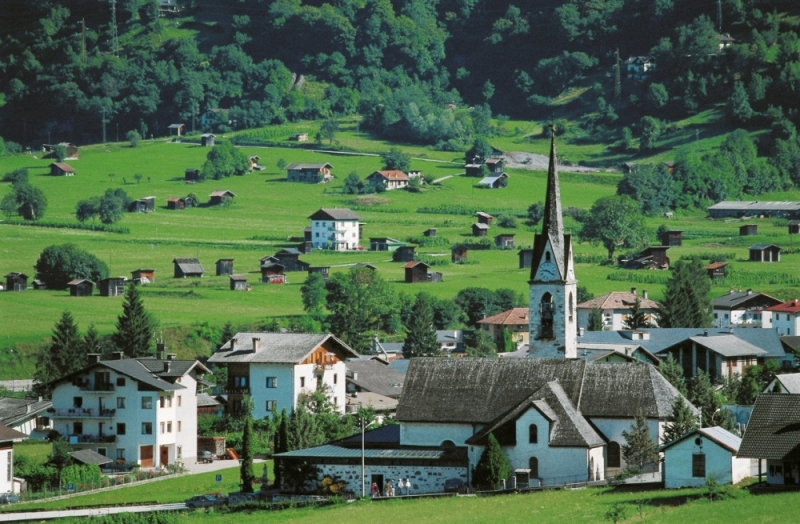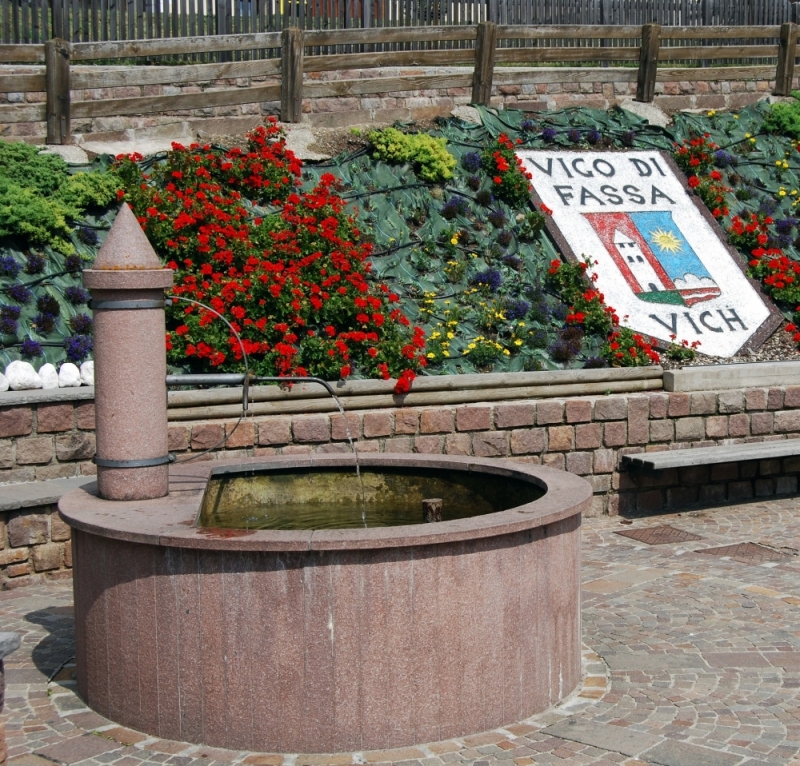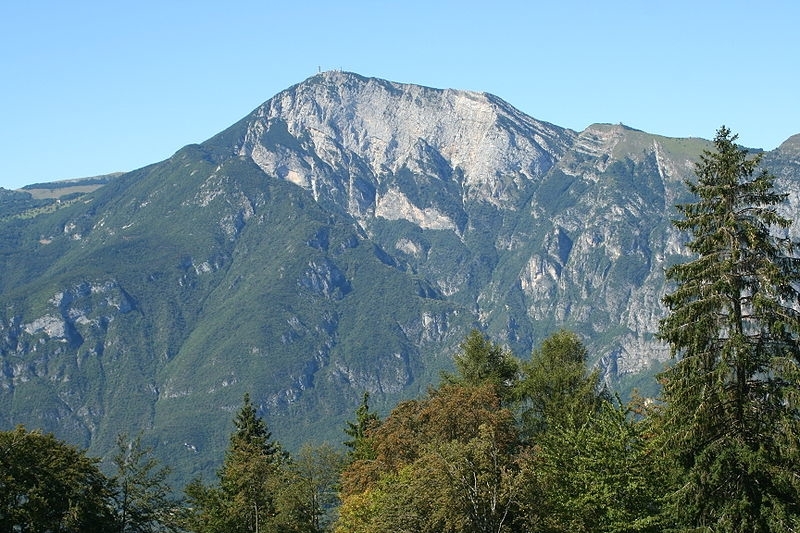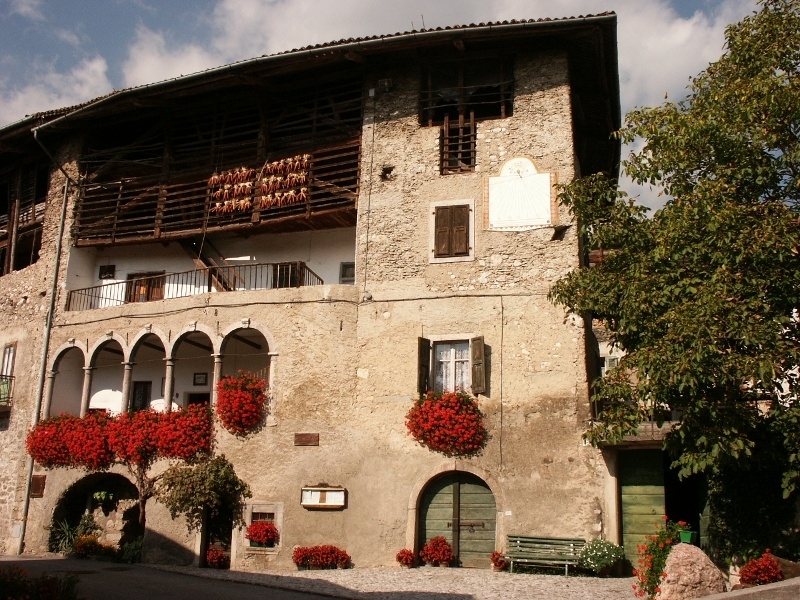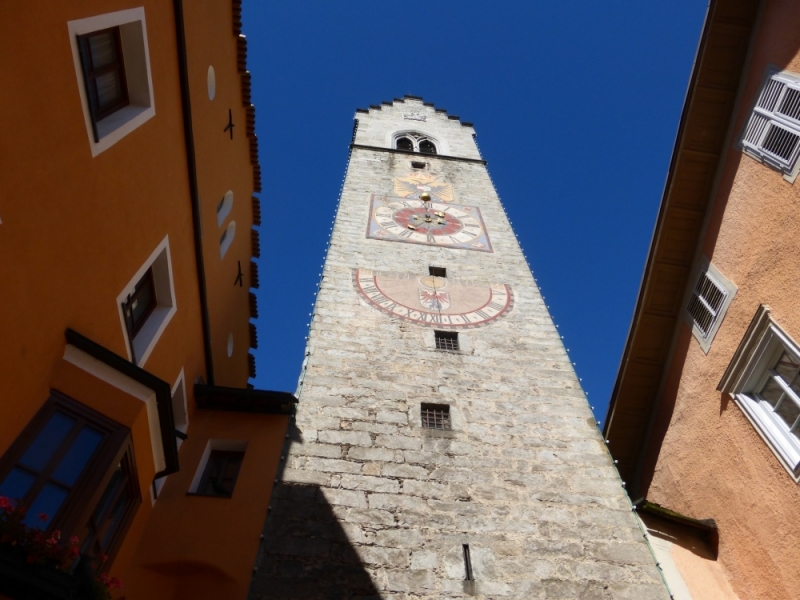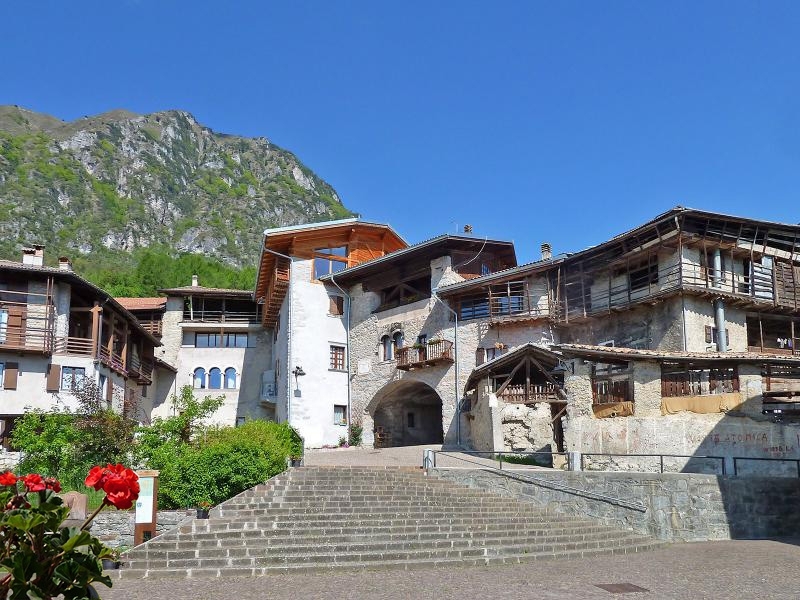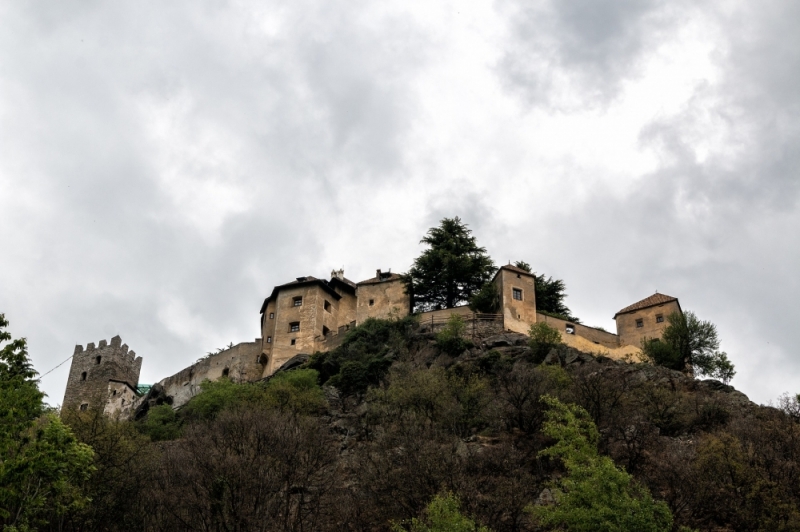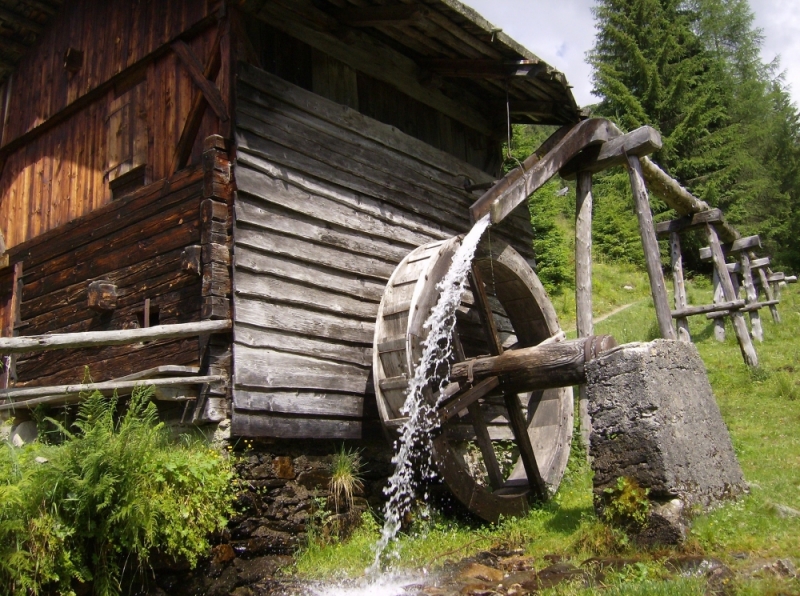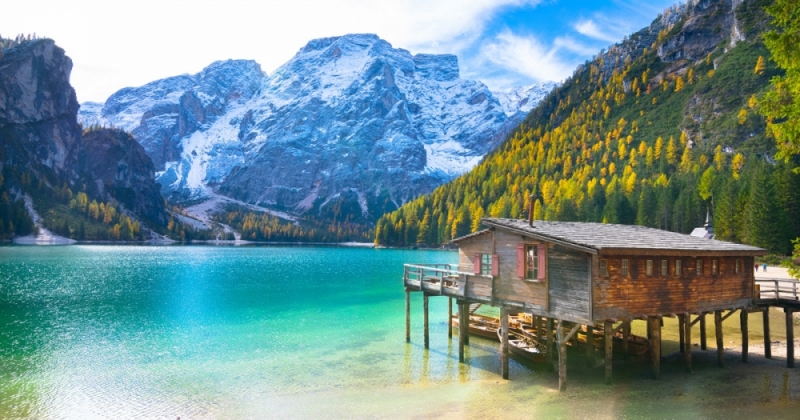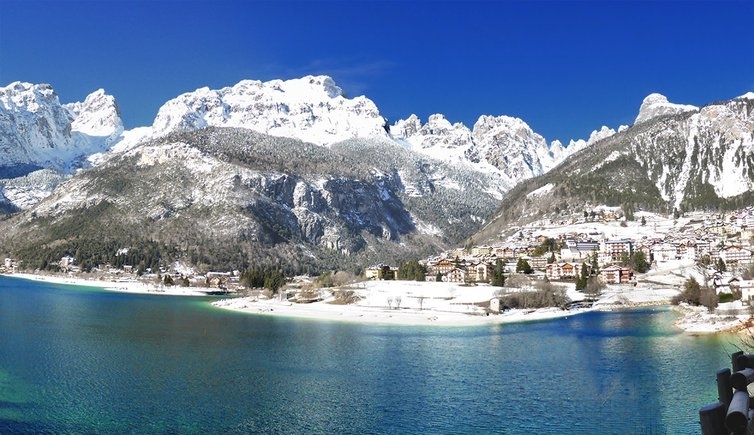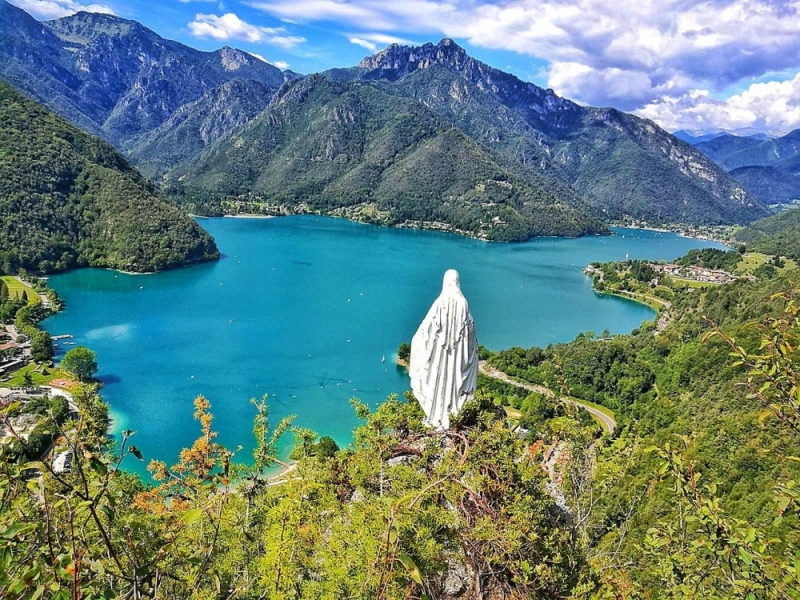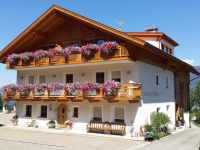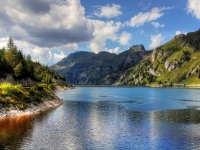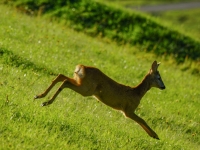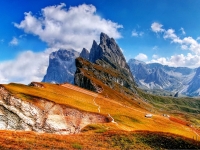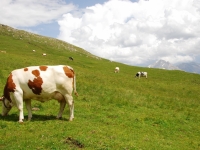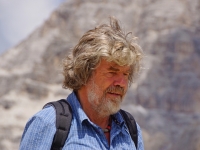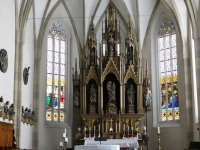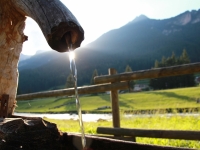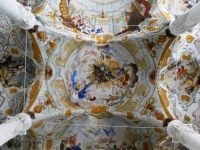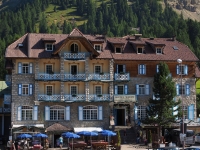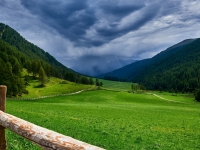An uncontaminated region with unique villages
In Trentino Alto Adige there are numerous villages, among the most beautiful in Italy: they are true jewels of rural architecture, which overlook the Dolomites and large suggestive expanses. Its colors will immerse you in a locus amoenus, which will cheer up your sight and soul. A true journey through nature, folklore and tradition.
Castelrotto
The name Castelruptum appears for the first time in some documents of 982-987 even if, before that date, human settlements were already present in that place. Today, it is possible to admire traces of walls, a fortified village and a tower with a square plan. Part of Castelrotto is located in the Sciliar nature park and, thanks to its position, tourism in this place is very developed. The painter Eduard Burgauner (1873-1913) in the past, decorated the facades of numerous local houses, with the aim of transforming the village into a work of art . The village develops around the Krausen square , with a characteristic old town, shops, houses and the third highest bell tower in South Tyrol. In this square there is also the costume museum , where traditional Tyrolean costumes are exhibited. Also worth a visit is the Parish of Saint Leonardo Castelrotto , dating back to the thirteenth century, built from the Romanesque to the Gothic style, up to the Baroque adaptations of 1743. If you want to fully experience the village, you can stay in two historic hotels, the Goldenes Rössl (dating back to the seventeenth century) and the Zum Wolf , which has also been in business since the 17th century. We advise you to attend its traditional events, such as the Peasant Wedding , where you will see the newlyweds in traditional clothes on a horse-drawn sleigh, followed by a procession. In May, however, you can attend the traditional medieval tournaments carried out by men in historical clothes, to win the Banner of the Minstrel. In October, however, the procession of shepherds takes place accompanied by 250 cows wearing typical headdresses.
Mezzano
The beauty of the village of Mezzano lies in its cobbled streets, the traditional houses in wood and stone and the panorama of the Dolomites, which make this place the ideal destination for those who want to allow themselves an escape from the chaos of the city. Mezzano is part of the Paneveggio Pale di San Martino Park and borders the Belluno Dolomites park. The Pale di San Martino, together with the mountains and the expanses that are covered with snow during the winter, make this village a magical place. The presence of human settlements is testified by archaeological finds, which date back to the Mesolithic era. In fact, since 2010, the town has become part of the " most beautiful villages in Italy" and, in the village, a permanent exhibition has been set up, which is called " Cataste & Canzei" . The exhibition maintains the ancient custom of stacking wood under the house, so that it dries out and then burns it during the winter. Thanks to this custom, the creation of works of art was born thanks to the work of local artists. Not to be missed is the Church of San Giorgio , with a white gabled facade and a 36 meter high bell tower. The interior has three naves, with a wooden high altar, a ciborium and the statue of St. George on horseback. We recommend that you visit Prati di San Giovanni, near Mezzano: an area full of farms and wells for collecting rainwater, where there is also a lovely church which takes the name of the Chiesetta di San Giovanni.
Vigo di Fassa
Vigo di Fassa is a ski center between Val di Fassa and the Dolomites, full of hotels. The first news regarding the settlements in the area date back to the Middle Ages, although there are testimonies that the first settlements date back to the Paleolithic. Worth seeing is the Church of San Giovanni, one of the oldest buildings in the valley, built in the Gothic style, where frescoes dating back to the 16th century are kept. The Church of Santa Giuliana resides on a hill, dating back to 1237, but completely rebuilt in the fifteenth century. Its four bells are manually rung during important events, according to an ancient tradition that included the "beating stop" technique. Further downstream from the Church of Santa Giuliana, there is the Austro-Hungarian War Cemetery , where more than 600 Austrian soldiers who died in combat during the First World War rest. In the hamlet of San Giovanni, on the other hand, there is the Ladin Museum of Fassa, where the traditions of the Ladin culture and the typical tools of agricultural activities of the past are illustrated. In the mineralogical museum of Monzoni , on the other hand, about 200 different types of minerals have been collected, which can be viewed thanks to a microscope.
Bondone
Bondone is the most downstream municipality in the Chiese valley. It consists of two hamlets: the town of Bondone and the town of Baitoni, in the plain at the mouth of the Chiese river, inhabited since the mid-nineteenth century following the reclamation. On the border with Lombardy, there is the small town of the charcoal burners, which climbs the mountain that separates the Chiese basin from that of the Garda, while Baitoni, the hamlet, is reflected in Lake Idro. We advise you to visit the parish of the Nativity of the 1300s and Castel San Giovanni, an ancient fortress of the Lodron Counts, dating back to the 11th century. In the area you can take walks to the Bocca di Valle, to the Alpo refuge, to the Cima Tombea , called the "garden on the alps" (thanks to the variety of flowers and the view of Lake Garda) and to the Valvestino plain . It is a village with a complex history, intertwined with that of the surrounding lords and towns, and is known as the " village of charcoal burners " since, until fifty years ago, this was the profession practiced by the majority of the inhabitants. A curiosity concerning Bondone concerns the names of its streets: in fact during Fascism, many streets were dedicated to characters symbol of Fascism.
San Lorenzo in Banale
San Lorenzo in Banale, one of the most beautiful villages in Italy, was originally a "Roman camp", as evidenced by the archaeological finds found in the area. It became a village, in particular, following the construction of Castel Mani, which took place in the XII century, by order of the bishop of Trento. This village is one of the gates of the Adamello Brenta Natural Park . The Park House, named "Once upon a time", preserves the rural culture of the area intact. The center is characterized by the presence of a recently restored eighteenth-century building, Casa Osei , where there is currently a permanent ethnographic exhibition. If you visit the village in autumn, do not miss the appointment with the Ciuìga festival , a typical sausage produced in central-western Trentino, consisting of cooked and chopped pork and turnips. Its main attraction is its natural beauty, which allows for numerous excursions and for practicing mountain sports.
Closed
The municipality of Chiusa, surrounded by chestnut trees and vineyards, is one of the most interesting destinations in the Isarco valley in South Tyrol. The heart of the municipality is the medieval town of Chiusa all'Isarco , which in 2002 was declared one of the most beautiful villages in Italy. To protect the city of Chiusa, there are the Dolomites on one side and the Sarentino Alps on the other. Its historic center has picturesque views that have also captured the well-known painter Albrecht Dürer. Visiting this village, you will be fascinated by its colorful houses with crenellated facades, now known as the artists' village, thanks to the rich cultural life of past years. Worth seeing is his work of art Das kleine Glück. The tomb finds , probably dating back to the period of the barbarian invasions, show that the territory was inhabited since remote times and its inhabited center developed around the Sabiona Monastery , which will become, after the year 1000, the bishop's seat, which will be then transferred to the diocese of Bolzano and Bressanone. To date, the village has approximately 5,000 inhabitants and its economy is based on agriculture and tourism. Near the monastery, there are four chapels, such as the Cappella delle Grazie, the Church of the Virgins, the Church of S. Croce and the Tower of S. Cassiano . The Civic Museum of Chiusa is also worth a visit while, outside the village, there is the Villandro Mine , which was given as a gift to the Novacella Monastery by the Emperor Federico Barbarossa. Among the events not to be missed, we have the In vino veritas event, which is celebrated in August.
Sterzing
Vipiteno is a town of about 7,000 inhabitants in the province of Bolzano and is part of the most beautiful villages in Italy . This village boasts numerous firsts, including the second place in the ranking of happiness, the longest toboggan run in Italy and is among the first villages to inaugurate the high altitude Christmas markets . We advise you to start your visit from via Città Nuova , where pretty colored houses are lined up, in fact once the color of the house indicated the quality of the accommodation, while each sign (in wrought iron) had a meaning: for example the moon and the stars indicated the inn's opening hours until late in the evening. Walking along New Town, you will reach the town hall, a late Gothic style structure where you can admire the statue of Giovanni Nepomuceno, erected in 1739, to protect the city from the flooding of nearby rivers. The symbol of the village is the Torre delle Dodici, 46 meters high, which divides the old city from the new city. In that tower, in the past, lived a guardian who beat the hours and watched the village in case of fire, storms and wars. Near the Tower there is Piazza Città , a place where the social life of the city and the characteristic Christmas markets takes place. In the past, the square was not built to be the main square of the city, but rather to be an area built to defend the New City. Also worth seeing is the Church of Santo Spirito , which houses an important cycle of late Gothic frescoes. Another street full of life is Via Città Vecchia, a street full of bars and shops. Returning to via Città Nuova, it is also possible to admire the Commandery of the Teutonic Order , a building dating back to the thirteenth century, which houses the civic museum and the Multscher museum . Outside the city there is the parish church " Madonna della Palude ", the tallest church between Monaco and Verona, built on the remains of a Romanesque church, near the Roman cemetery restored first in Baroque style, then in neo-Gothic style. Castel Tasso and the Stanghe waterfalls are also worth a visit.
Rank
The village of Rango, part of the municipality of Bleggio Superiore, is an example of Trentino rural architecture , which was included in 2006 in the circuit of the most beautiful villages in Italy. The structure of the village is typical of fortified towns and, to go into the village, you have to climb panoramic plateaus, so beautiful as to take your breath away. In the village, the Renaissance buildings are joined by peasant elements, which tell of a past of shepherds and merchants, pilgrims and travelers from afar, who stopped here after crossing the mountains. Once upon a time, rural houses housed men and cattle. An important gathering place at the time was the square, where the inhabitants gathered. Not to be missed are the village of Balbido and the church of Santa Croce , with the seventeenth-century chapel which contains a baroque altar made of gilded wood. During the Christmas period, a characteristic Christmas market takes place, where the village shows its best. The protagonists of the table in the village of Rango are the Bleggio nut and its wines, so much so that the village is part of the " Wine and Flavor Route from Lake Garda to the Brenta Dolomites" .
Juval Castle
Juval Castle deserves a special mention. Perched on a hill in the beautiful Venosta valley, in the province of Bolzano, in the municipality of Castelbello-Ciardes, it owes its name to the Latin name of the mountain Mons Jovis. Its oldest testimony dates back to 1278, when the castle was owned by Hugo von Montalban and probably the castle was already built thirty years earlier. Since 1983 it has been the summer residence of Reinhold Messner, a well-known mountaineer, who has used part of the castle as a museum dedicated to the "myth" of the mountain. For many people all over the world the mountain is sacred, from the Olimpio to Ararat, from Sinai to Kailash, from Fujiama in Japan to Ayers Rock in Australia. The museum houses a collection of paintings with views of the great sacred mountains, a precious collection of Tibetan memorabilia and masks from the five continents, the Tantra room and, in the basement, the equipment used by Reinhold Messner in his expeditions. Near the museum, beautiful and exciting, you can visit the sloping vineyards of the Unterortl farm and the Schlosswirt Juval restaurant which serves typical dishes.
Entertainment
Trentino Alto Adige is a region rich in history and culture, with landscapes similar to a painting and a deep-rooted culinary tradition. It is possible to enjoy Trentino both in winter, when you can have fun on the ski slopes or, for experts, in off-piste skiing, and in summer, a season in which you can dedicate yourself to trekking or relax in the woods. To enjoy the soul of the region, we recommend sleeping in a refuge, where you can enjoy typical dishes in front of the warmth of a fireplace. Christmas markets are a unique experience for tourists: in fact, during this period, you can get lost in the illuminated cobbled streets, where you will be delighted by the scent of mulled wine. In Trentino, spas are also famous, already appreciated at the time of the Romans. Among the most famous establishments are Comano, Levico, Pozza di Fassa and Pejo. You can also enjoy ice skating, as there are numerous indoor slopes. Between a visit to the markets and a skate, do not miss the many castles of the region, as this is a region rich in history and artistic heritage. The best restaurants where to try local products? Surely the farmhouses! Do not miss the barley soup, the dumplings produced in the farms and the strudel. For wine lovers, we recommend that you take a tour of the cellars and wineries. In fact, in addition to white wine and red wine, the region is famous for sparkling wine. If you can stay several days, also visit the main cities: Trento, Bolzano and Rovereto. But also Merano, Bressanone, Riva del Garda.
Climate, curiosity and advice
Climate: Trentino has a continental and alpine climate, which can vary according to the predominant winds, the altitude and the presence of lakes, up to having the typical characteristics of the Mediterranean climate. Precipitation, in general, falls on the highest peaks and in the southern and western areas of the region, also due to the western and southern winds. The rains fall mainly in the summer in the Dolomites, while in the southern area of Trentino Alto Adige, there are peaks of rainfall during the intermediate seasons. On the hills, winter is the season with the least rainfall as it is the climate is mainly snowy. The Foehn phenomenon also occurs in this region, with hot summers and harsh winters.
Curiosity: when the Alps change from the bright green of summer to the warm colors of yellow, red and orange, in Trentino begins the "fifth season", known as the Törggelen, an ancient tradition born as a feast of the laborers at the end of the harvest , which has now become a very popular experience, which begins with a walk on the chestnut forest paths and ends with a visit to the characteristic peasant inns. The typical delicacies of this tradition are barley or pumpkin soups, potato pancakes with sauerkraut, krapfen and roasted chestnuts.
Tips: do not miss the Puez-Odle natural park, a park located at an altitude of 2,500 meters above sea level, where there are different types of rock, flora, fauna and Lake Carezza, one of the most beautiful lakes in the world .
Pragser Wildsee
Not to be missed is the Braies Lake, a beautiful alpine lake located in the Braies Valley about 97 kilometers from Bolzano, which lies at the foot of the imposing rock face of the Croda del Becco and is located in the Fanes-Sennes and Braies natural park . Its intense blue color and the natural scenery in which it is immersed, make it one of the main tourist destinations. You can also take a ride around the lake, where the path is flat and wide on the western shore and steep and narrow on the eastern one.
According to a legend, the Braies valley was inhabited in the past by ugly wild men, who kept the gold located in the nearby mountains. Gold was precious to the savages but, at the same time, it made them hard in the soul. Subsequently, in the valley, breeders arrived together with their livestock and the savages gave him gifts of objects produced with their gold. The breeders, seeing the abundance of gold, became greedy and decided to take possession of the gold. The savages, to stop the advance of the breeders, made some springs of water gush, which gave birth to the Braies Lake.
Molveno
Molveno, located in Trentino Alto Adige, is an enchanting place for your holidays. Molveno is a town of just over 1,000 inhabitants and is located 40 kilometers from Trento, on the shores of the enchanting lake of the same name, surrounded by the Brenta Dolomites, in the Adamello-Brenta1 Natural Park.
Here you can enjoy the quiet of the large beach on the lake shore, take short walks to the mountain huts or refuges and then taste Trentino specialties with a view of the Brenta Dolomites. In summer you can choose between windsurfing on the lake, a game of tennis, a boat or pedal boat trip, a paragliding flight, a canoe trip, a stand up paddle board course, a swim in the Olympic pool or a walk along the shores of the lake. It is wonderful to dedicate yourself to trekking or travel the mountain bike trails in the Brenta Dolomites, a UNESCO heritage site. From the town the cable car will take you comfortably to the Pradel Plateau, where you can find the adventure trails of the Forest Park. In winter you can dedicate yourself to skiing in the Fai della Paganella area, or follow the paths of the Adamello Brenta Natural Park wearing comfortable snowshoes
Ledro
the ledro lake is known as one of the most limpid lakes in the Trentino. the Ledro valley with its villages, invites to excursions. the comine di Ledro is made up of 14 villages and offers guests a series of attractions; the panoramic road of the Ponale, the Gorg d'Abiss waterfall, the Concei valley and the Ampola lake



